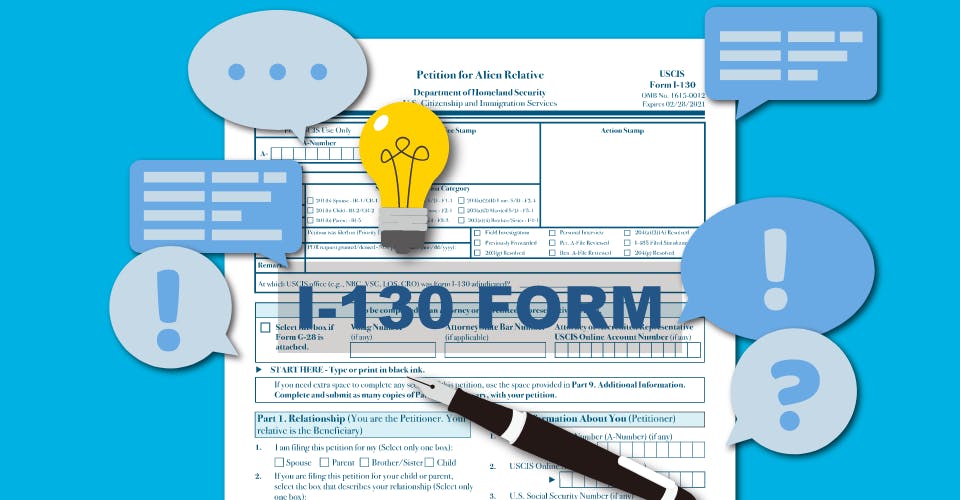When it comes to stepchildren entering the United States, there a few considerations that parents/stepparents should make in order to ensure a smooth filing process, with the least amount of wait time possible.
In order to do this, parents/stepparents need to first consider the age of the stepchild that is residing in their country of origin. By checking the State Department’s visa bulletin and scrolling to the family-based preference category, applicants or prospective applicants can begin to see what the wait times look like for certain immigrant visa applications.
F2A and F2B— The State Department approves the most visas in this family-based category (approximately 114,000).
F2A refers to spouses and children (unmarried and under 21 years of age) of permanent residents being petitioned on behalf of.
F2B refers to unmarried sons and daughters (over 21 years of age) of permanent residents being petitioned on behalf of.
Note: Child according to the INA also refers to children who were not born out of wedlock, hence stepchildren.
Looking at the Visa Bulletin, parents and stepparents need to make calculated decisions about how they want to proceed with their applications (with the viable options that they have), because of the extended wait times in some categories. For example, for all countries except for China, India, Mexico, and the Philippines, the wait time for a final action date for F2B recipients is in 2015.
What are some other options?
The first option is deciding whether or not the U.S. citizen parent will petition on behalf of their stepchild, or if the biological parent will do so. In each case, the family-based preference category is changed. If the biological parent already has their green card, and their child is under the age of 21, they are in luck because the F2A category is “Current”, and presents the least amount of wait time.
However, this might not always be the case. The son or daughter (stepchild) could be aged out of the child definition and over 21. What then? These applicants will then fit into the F2B category but will experience considerable wait times.
K-Visa Route
If the fiancé and their spouse are not married in the U.S. yet, they could postpone their marriage and pursue a K Visa. K visa can be filed for while the immigrant spouse is in the United States too. The foreign fiancé would be most likely on a visitor visa at this point.
Going this route means that the K-3 visa could be issued to the spouse in question, and their child (or the U.S. citizen’s eventual stepchild) could also receive a K-4 visa and enter the United States. Once the child/stepchild is present in the U.S., they could then file an I-485 application and become a legal resident that way instead.
How Long Does a K-Visa Take?
The consensus from the USCIS as well as other immigration platforms is that the entire process for a K-visa takes, on average, about 6 to 9 months. This is just about as long as it takes USCIS to approve the marriage green card application.
When comparing 6-9 months with five years or longer, the decision to live legally with your stepchild becomes an easy answer.
General Rules for Stepchild Application
If you decide to not go the K-Visa Route, stepchildren will still need to present supporting evidence for their stepchild/stepparent relationship when they are adjusting their status, such as:
- I-94 Record of Entry/Exit in the U.S.
- Parents/Stepparents marriage certificate
- Evidence of relationship to U.S. citizen
- Biological parents approved I-485 application or green card (if applicable)
- Medical Exam results
- Approved I-130 Receipt














